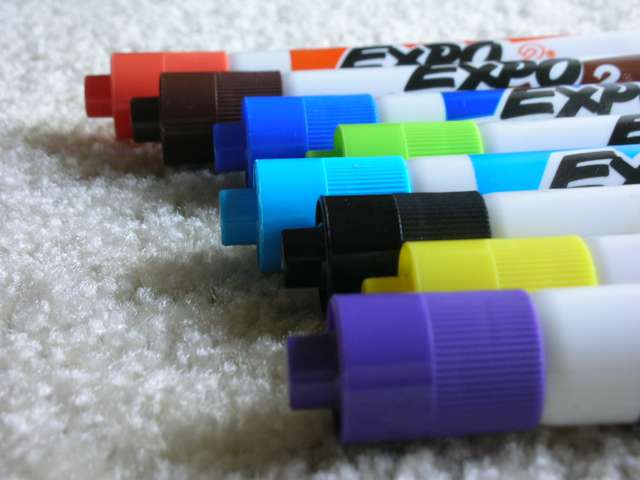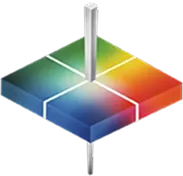
When dry erase markers hit the U.S. mainstream market in the 1990s, they were instantly popular among scientists, teachers, and engineers.1 Unlike chalk, which was messy, difficult to write with, and hard to clean, dry erase markers were far more convenient for consumers—they could write on the same surface hundreds of times without leaving behind streaks of color or chalk dust. Today, dry erase markers are still one of the most popular writing tools in the world. But in order to attract customers, marker manufacturers need to use an effective color quality control protocols to test their products for opacity and erasability. Because dry erase markers are so popular, only the brightest-colored and most erasable products are able to compete. By evaluating your products from the start, you’ll attract more customers in this fiercely competitive industry.
How to Measure Slippery Polymers
When you measure the color of permanent markers, you simply swatch the color onto a sheet of white paper and analyze it using a spectrophotometer. In theory, a dry erase marker can be measured using the same technique. However, in practice, dry erase markers present unique challenges that must be accounted for during the measurement process.
Unlike permanent or wet erase markers, which are made with a mix of color pigments and acrylic polymer, a dry erase marker uses a silicone-based polymer instead.2 This type of polymer is oily and extremely slippery, and it’s this oily quality that gives the ink its erasability. While other acrylic polymers stick to porous surfaces, a dry erase marker’s ink is more likely to slip right off of glass or whiteboard material. If properly formulated, it only stains if you leave the ink on the surface for a great deal of time (usually weeks or even months after the original application).
Although this slipperiness is a sign that your dry erase marker is high-quality, it also makes it more difficult to test your marker colors with the color measurement procedures used for other types of markers and special care must be taken during the measurement process. Instead of measuring the color on paper, you’ll need to do a swatch test on a sample of whiteboard, then analyze this sample using your spectrophotometer. However, because the ink is so slippery, if you graze the color swatch against the spectrophotometer, you may accidentally wipe off most of your sample before it can be tested. As such, it’s essential to use a non-contact instrument that avoids direct contact with the sample and take care to avoid manually disturbing the sample. Many spectrophotometers are capable of measuring color without directly touching the sample, and these will be the most effective tools for you to keep in your lab.

Light-colored dry erase markers, like yellows, greens, and light blues, are more challenging to test because they aren’t as opaque or densely pigmented as darker colors. Image source: Flickr user upsidedownsphere



